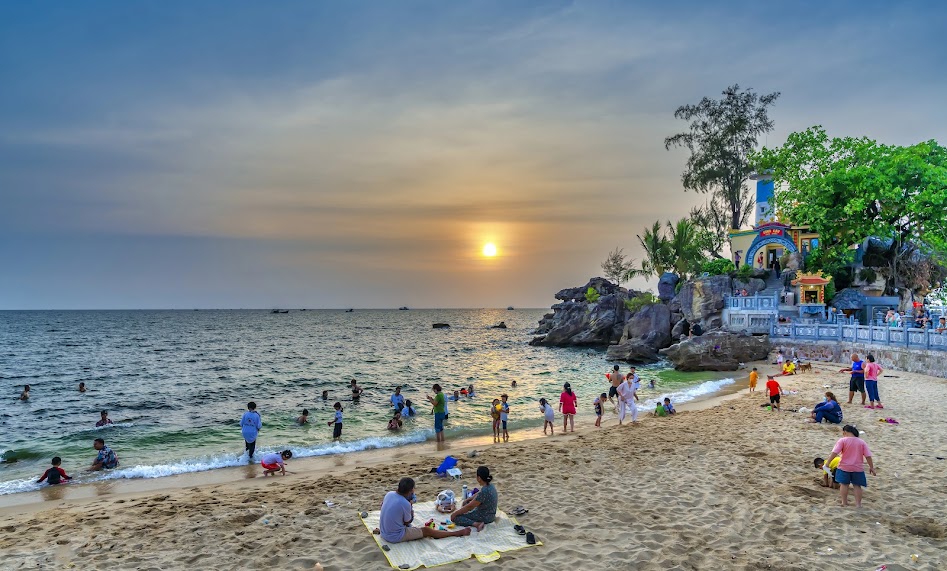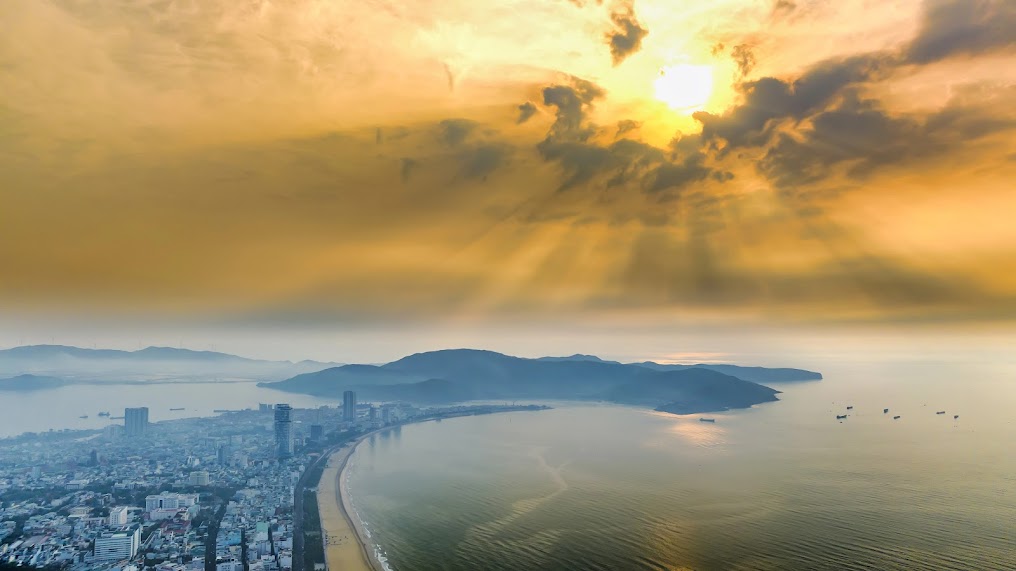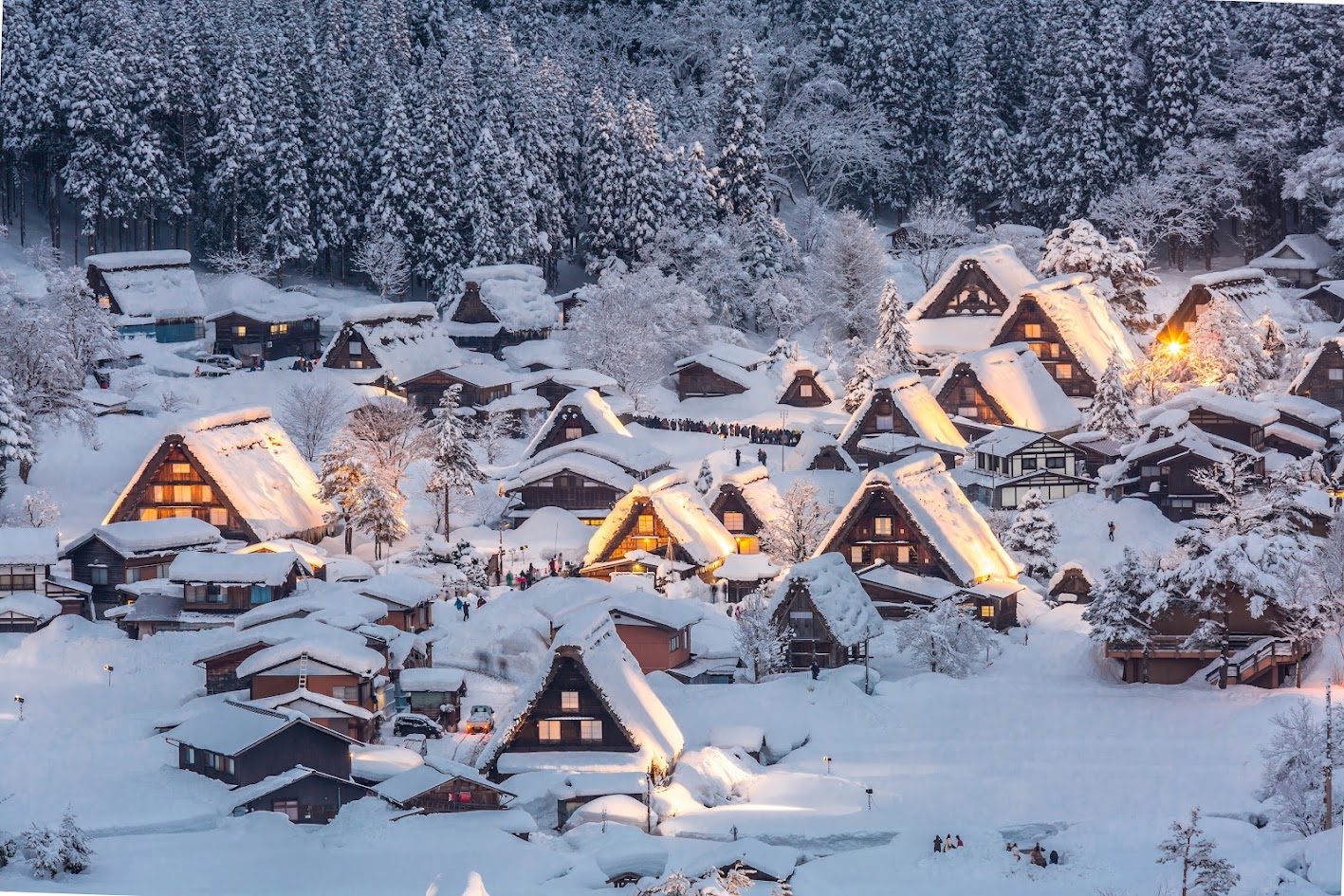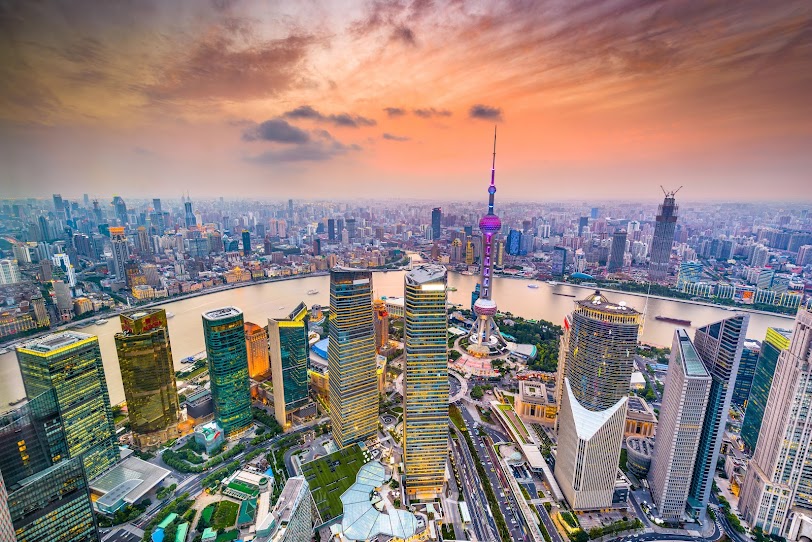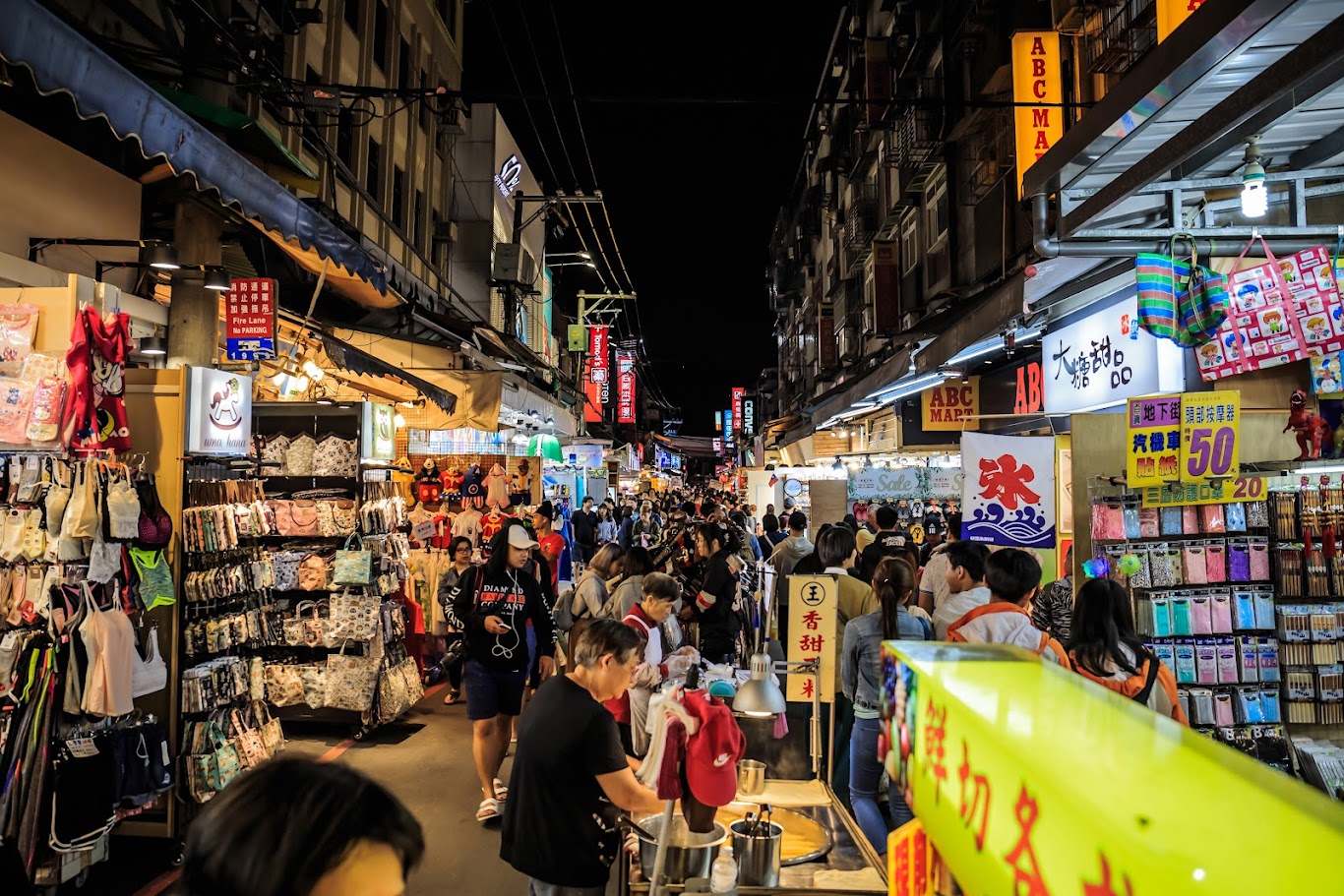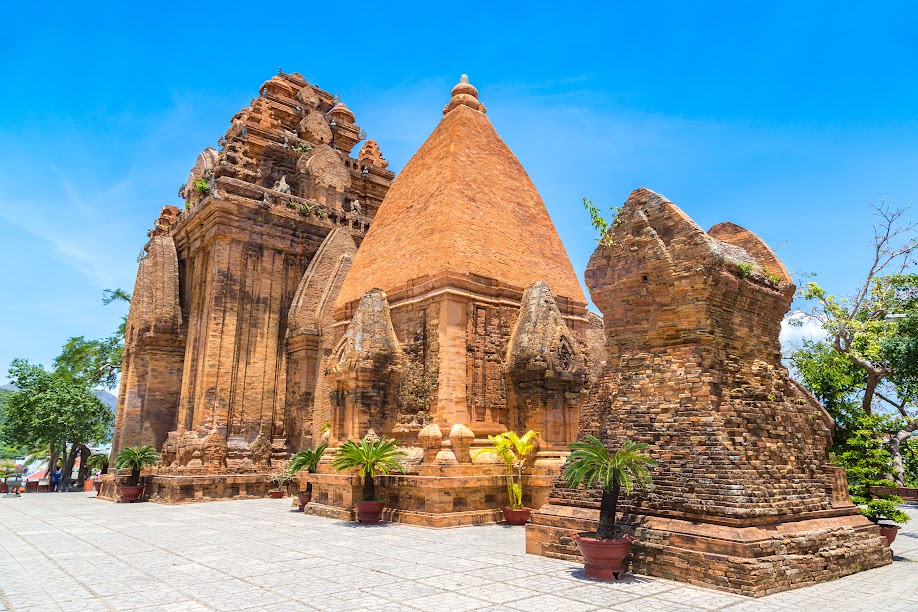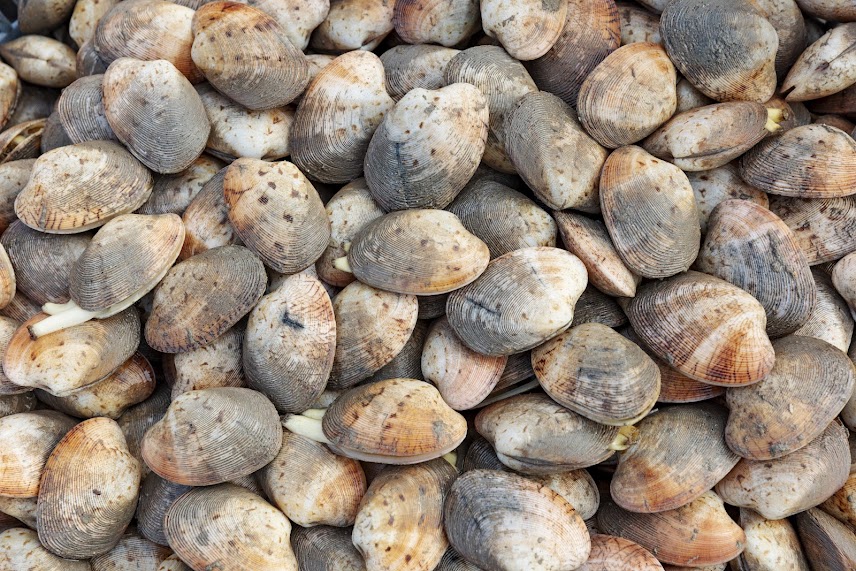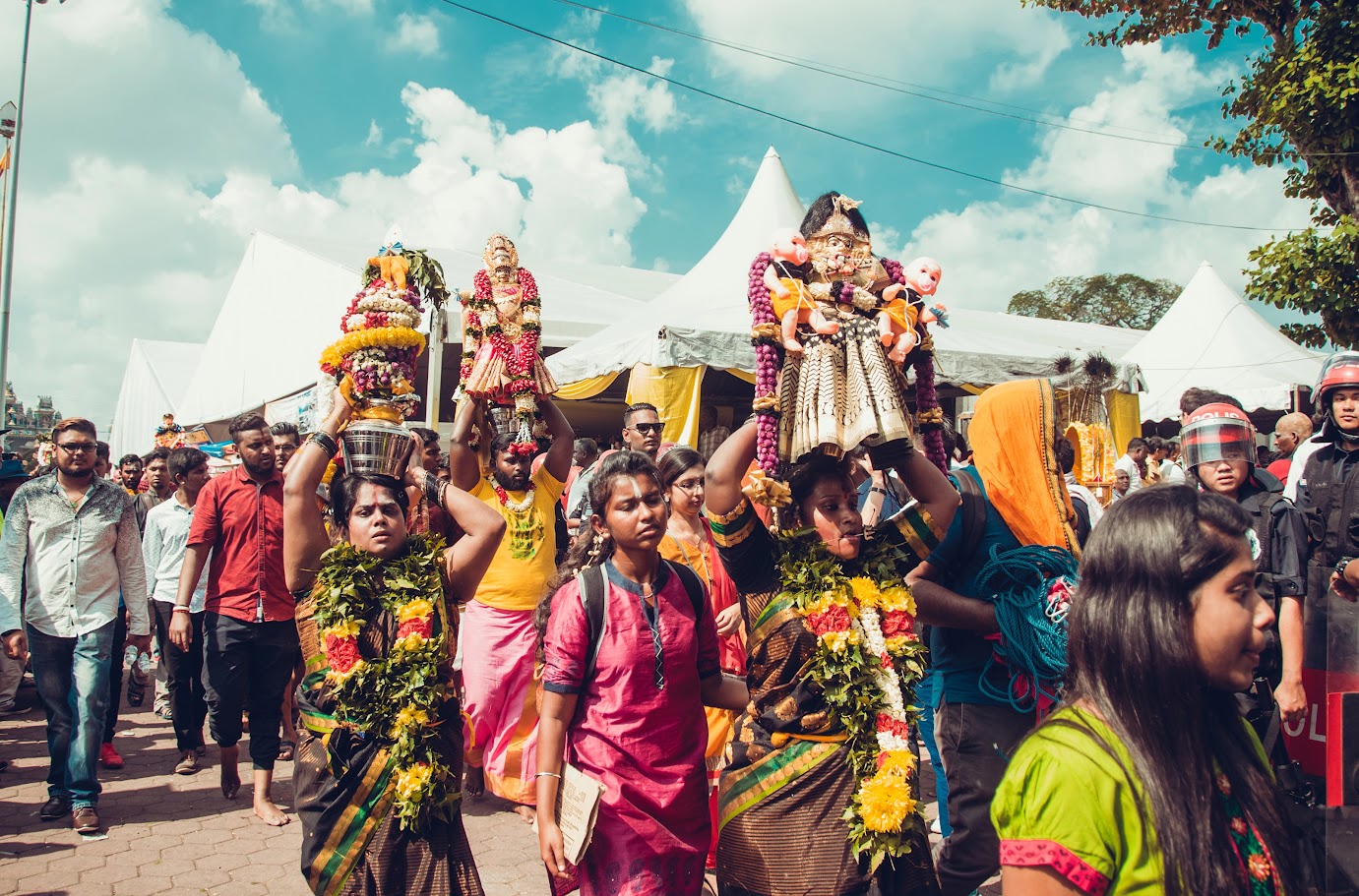
- SkyJoy
- Chuyến bay của tôi
- Online Check-in
- E-Menu
- E-Visa
- Dịch vụ chuyến bay
- Dịch vụ khác
Ngày đi

Ngày về
What is Sustainable Tourism? Benefits of Sustainable Tourism
In recent years, sustainable tourism has become a prominent and chosen direction in many countries for the tourism industry. With strengths in cultural heritage and rich natural landscapes, Vietnam has great potential to develop sustainable tourism. So, what is sustainable tourism? What are the benefits of sustainable tourism for the development of the tourism industry? Let Vietjet help you understand through this article!
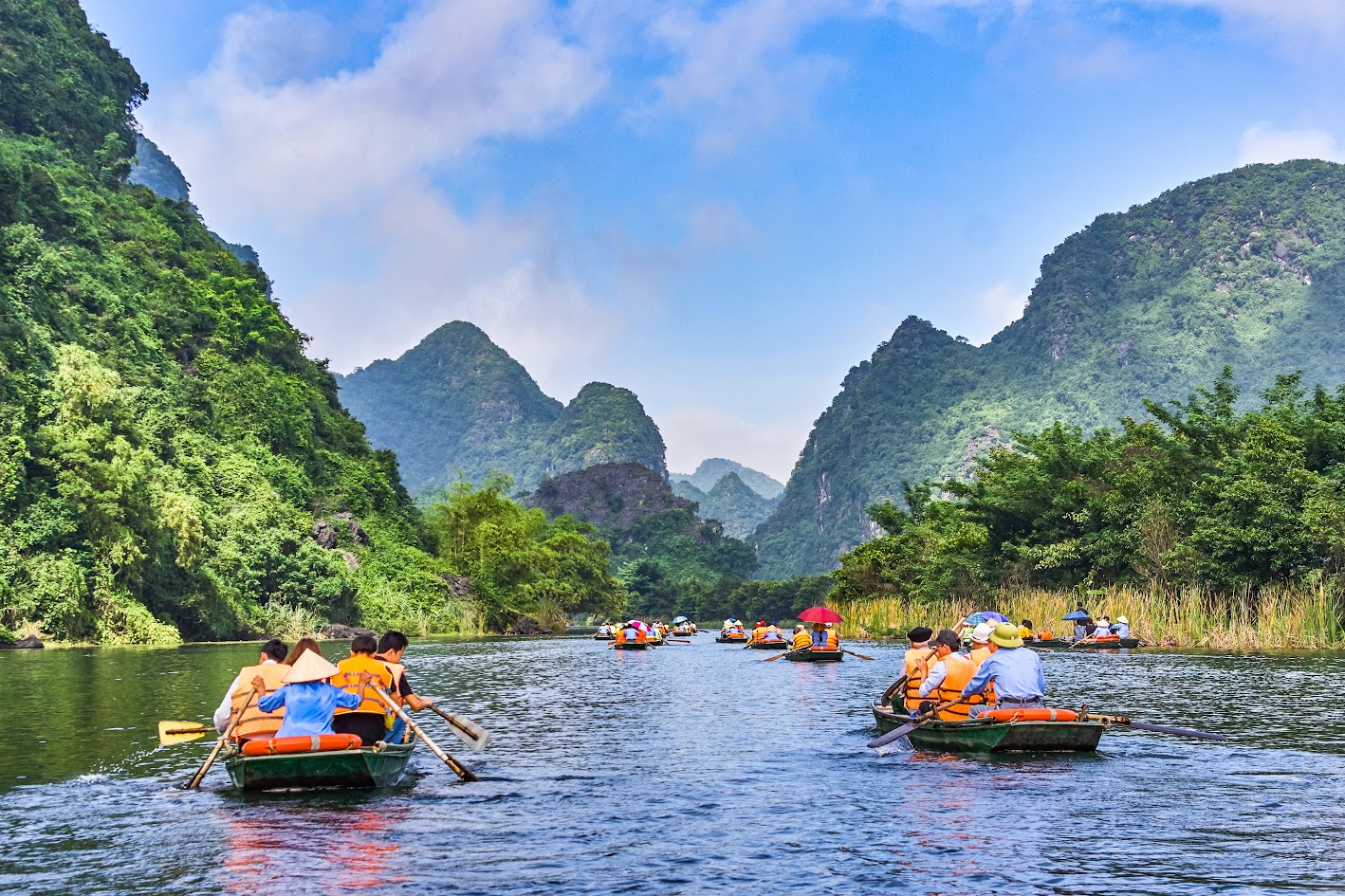
Sustainable tourism allows travelers to have exciting experiences, immersing themselves in nature without causing negative impacts on the environment.
1. What is Sustainable Tourism?
1.1 Definition of Sustainable Tourism
The concept of sustainable tourism was first defined at the United Nations Conference on Environment and Development held in Rio de Janeiro in 1992. According to this, sustainable tourism is the development of tourism activities aimed at meeting the current needs of tourists and local people, while still focusing on conserving and enhancing resources for future tourism development. Sustainable tourism involves planning resource management to satisfy the economic, social, and aesthetic needs of people, while maintaining the integrity of culture, biodiversity, ecosystem development, and support systems for human life.
In other words, sustainable tourism is understood as tourism activities that minimize various costs, reduce negative impacts on the environment, enhance tourism and community benefits, and utilize local resources efficiently. This direction can help tourism activities to be long-term and sustainable without adversely affecting the natural resources and ecosystems that the tourism industry depends on.
1.2 Key Elements of Sustainable Tourism
Sustainable tourism is a harmonious and comprehensive combination of three main elements: environment, economy, and society, known as the three "pillars":
-
Environmentally Friendly: Sustainable tourism ensures that impacts on the environment, natural landscapes, wildlife, energy sources, etc., are kept to the minimum, while also contributing benefits to the environment.
-
Closely Connected with Culture and Society: Sustainable tourism activities respect and strive to preserve and promote the cultural identity of each locality. This form of tourism also encourages stakeholders (individuals, communities, tourism program operators, and government managers) to develop, educate, supervise, and ensure cultural values when building sustainable tourism.
-
Economic Development: Sustainable tourism activities support and create fair and stable income sources for local communities and stakeholders.
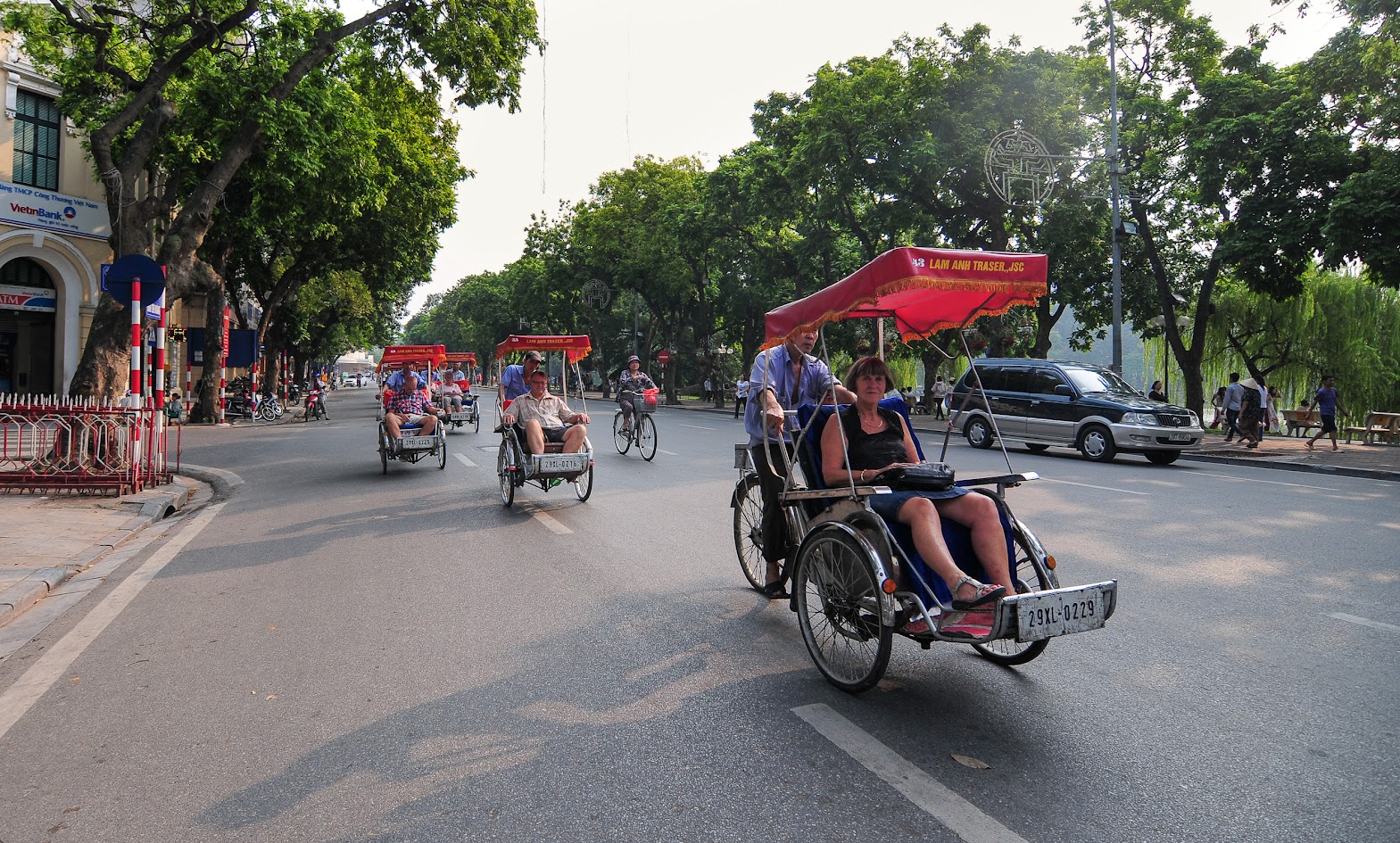
Sustainable tourism activities contribute to generating income for local people.
2. Types of Sustainable Tourism
Sustainable tourism is a tourism activity with significant meanings, encompassing various types such as eco-tourism, community-based tourism, and volunteer tourism, each with different characteristics and activities:
2.1 Eco-Tourism
Eco-tourism is a relatively popular form of sustainable tourism that has been long developed in Vietnam. It is a tourism activity that immerses tourists in nature, learning about local community cultures. Through this, tourists have the opportunity to participate and explore the unique culture at tourist destinations with festivals, customs, traditions, etc. Common activities in eco-tourism include boating, trekking, mountain climbing, cave exploration, etc.
See more: What is Eco-Tourism? Where are Eco-Tourism Areas?
2.2 Community-Based Tourism
Community-based tourism is a type of tourism that offers tourists the opportunity to experience the cultural life alongside local people. In this type of tourism, the local community manages, organizes, exploits, and benefits from the tourism activities. Through this, you will learn about the lives of local people by directly participating in their daily activities, conversations, and production work. This allows tourists to have many experiences and understandings of local culture and traditions.
2.3 Volunteer Tourism

Volunteer tourism can contribute to creating beautiful, meaningful memories in tourists' trips.
Recently, volunteer tourism has been gaining considerable support among young people. It is a tourism activity combined with volunteer work. Here, tourists can both tour and have interesting cultural experiences while contributing to community development. Popular activities in volunteer tourism include planting trees, teaching assistance, environmental protection, disaster prevention, etc. Thus, tourists have a meaningful trip as volunteers and also as tourists.
3. Benefits of Sustainable Tourism
Sustainable tourism is gradually developing with many benefits and great values it brings to the community. Sustainable tourism aims for harmonious development between the environment, economy, and society. Therefore, the benefits of sustainable tourism revolve around these three elements:
-
Ensuring Economic Efficiency and Maintaining Development for the Locality: Sustainable tourism helps maintain and enhance the economic development of local areas without depleting resources.
-
Creating Jobs and Increasing Income for Local Communities: It contributes to job creation and provides stable income sources for local communities and stakeholders.
-
Promoting Social Equity: Sustainable tourism fosters fairness and equity within societies by ensuring that benefits are distributed fairly among all stakeholders.
-
Providing High-Quality, Safe, and Friendly Tourism Experiences for Tourists: It ensures that tourists have enjoyable and safe experiences while minimizing negative impacts.
-
Ensuring Social Welfare: Sustainable tourism supports the overall well-being of communities by promoting social and economic benefits.
-
Preserving Cultural Values, Ecosystems, and Natural Resources: It helps in conserving cultural heritage, biodiversity, and natural resources for future generations.
-
Efficiently Utilizing Resources and Raising Environmental Protection Awareness: Sustainable tourism encourages the efficient use of resources and promotes awareness about environmental conservation.
-
Preserving and Maintaining Resources for Future Tourism: It ensures that resources are available for future tourism activities without compromising their quality or availability.
4. Some Sustainable Tourism Development Destinations in Vietnam
-
Thung Nham Ecotourism Area - Ninh Binh: This tourism area belongs to the core region of the Trang An World Heritage Complex and is located right next to the famous Tam Coc – Bich Dong tourism area. The entire tourism area covers over 300 hectares, of which 334.2 hectares are wetlands. Here, you have the opportunity to immerse yourself in nature with experiential activities like boating to explore bird gardens, visiting fruit orchards, cave exploration, outdoor camping, etc. Some notable places here include Vai Gio Cave, Thung Nham Bird Garden, Thung Nham Flower Valley, Butt Cave, Fairy Fish Cave, and spiritual worship clusters.
-
Ba Be Lake - Bac Kan: This is a fairly well-known sustainable tourism destination on Vietnam's tourism map, being one of the 100 largest freshwater lakes in the world and located within Ba Be National Park. Ba Be Lake harmoniously combines mountains, forests, and rivers. Tourists visiting here can experience mountain exploration activities such as trekking, boating, and enjoying unique Then dances. Additionally, tourists can explore the distinctive culinary culture of the Tay and Nung ethnic groups living in lakeside villages, such as rau bò khai, wild banana flowers, bamboo shoots with shrimp, and fish caught in the lake.
The Hue Imperial City complex holds many heritage values, especially Hue's imperial architecture.
-
Hue Imperial Architecture: The Hue Imperial City complex is a tourist destination rich in cultural, historical, and architectural imprints of the Nguyen dynasty. It is a famous spot not to be missed when visiting Hue. Here, tourists can witness historical remnants spanning hundreds of years, gain a deeper understanding of Vietnam's Nguyen dynasty history, and explore the unique culture of the feudal period. Sustainable tourism activities here help to promote heritage values and generate revenue for reinvestment in heritage conservation.
-
Hoi An Ancient Town - Quang Nam: For a long time, Hoi An Ancient Town has been a famous tourist destination beloved by travelers for its ancient beauty and time-worn charm. Tourists can directly explore the ancient tourism space, traditional craft villages, and engage in activities like pottery making and lantern making, thereby gaining more understanding and integration into local life.
See more: Hoi An Tourism – "Captivated" by Classic Beauty Mixed with Modernity
Sustainable tourism is increasingly being chosen by many tourists for sightseeing and vacations. Vietnam is a country with beautiful landscapes, rich cultural heritage, and hospitable, friendly locals. Thus, Vietnam is considered one of the countries with many advantages to develop sustainable tourism.
With information about sustainable tourism, it is hoped that you will have more suggestions for your upcoming trips with family, friends, and loved ones. If you have found a suitable destination, quickly prepare your luggage and book early flights with Vietjet, planning your trip. Don’t forget the 0 Đồng flight promotion program running daily from 12:00 PM - 2:00 PM with Vietjet HERE.
Find more attractive promotions and useful travel information at:
-
Instagram: https://instagram.com/vietjet








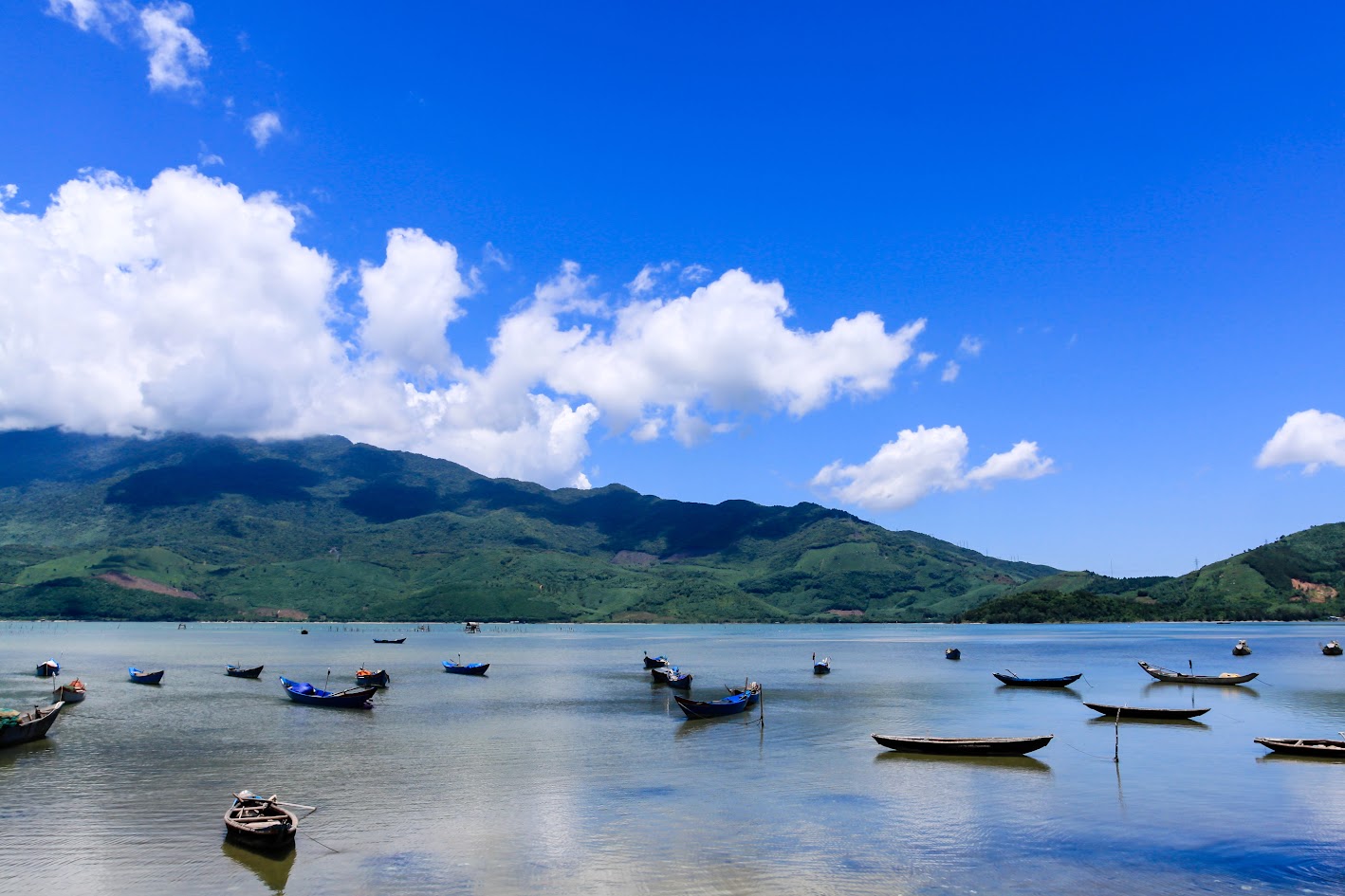

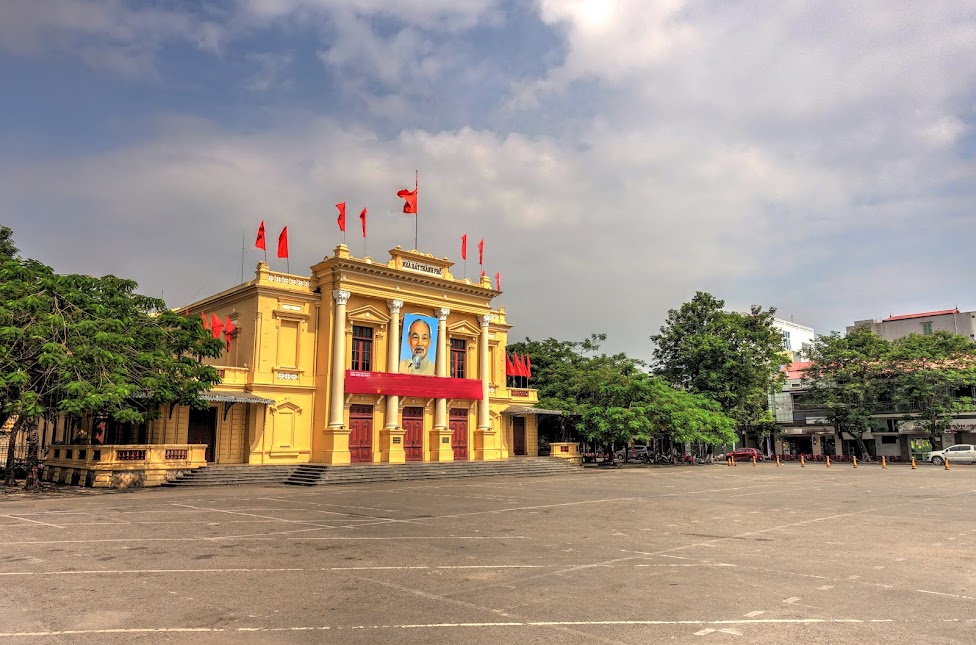
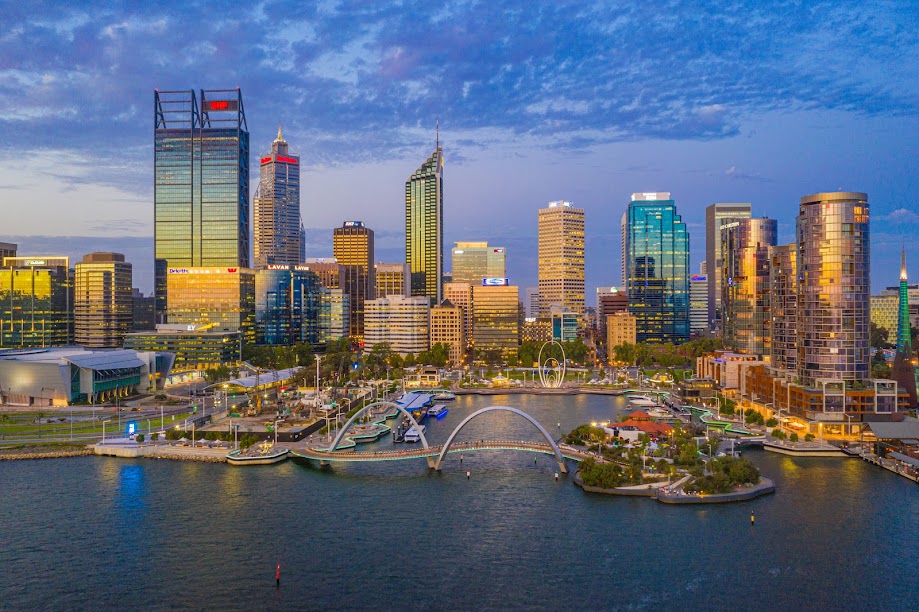














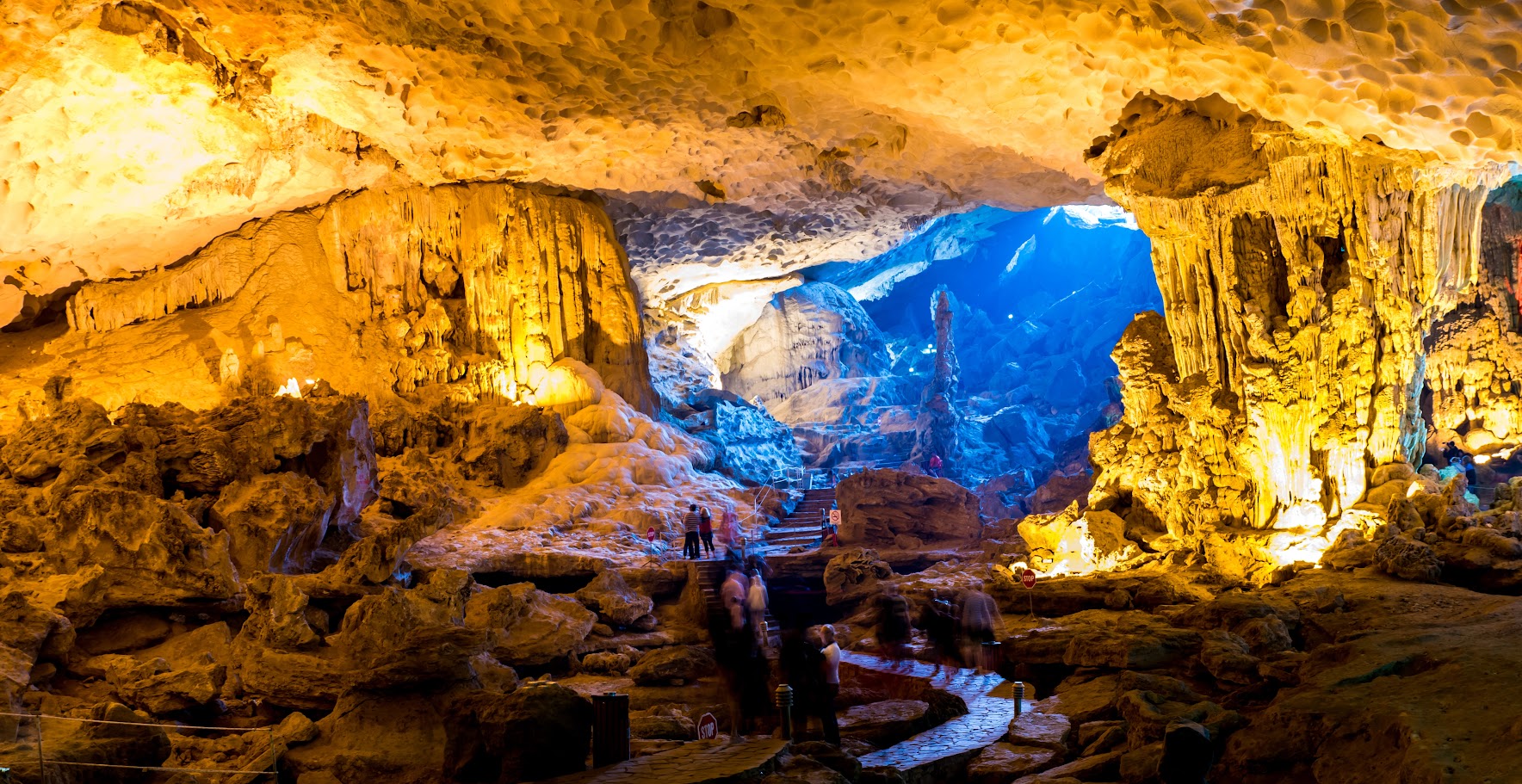







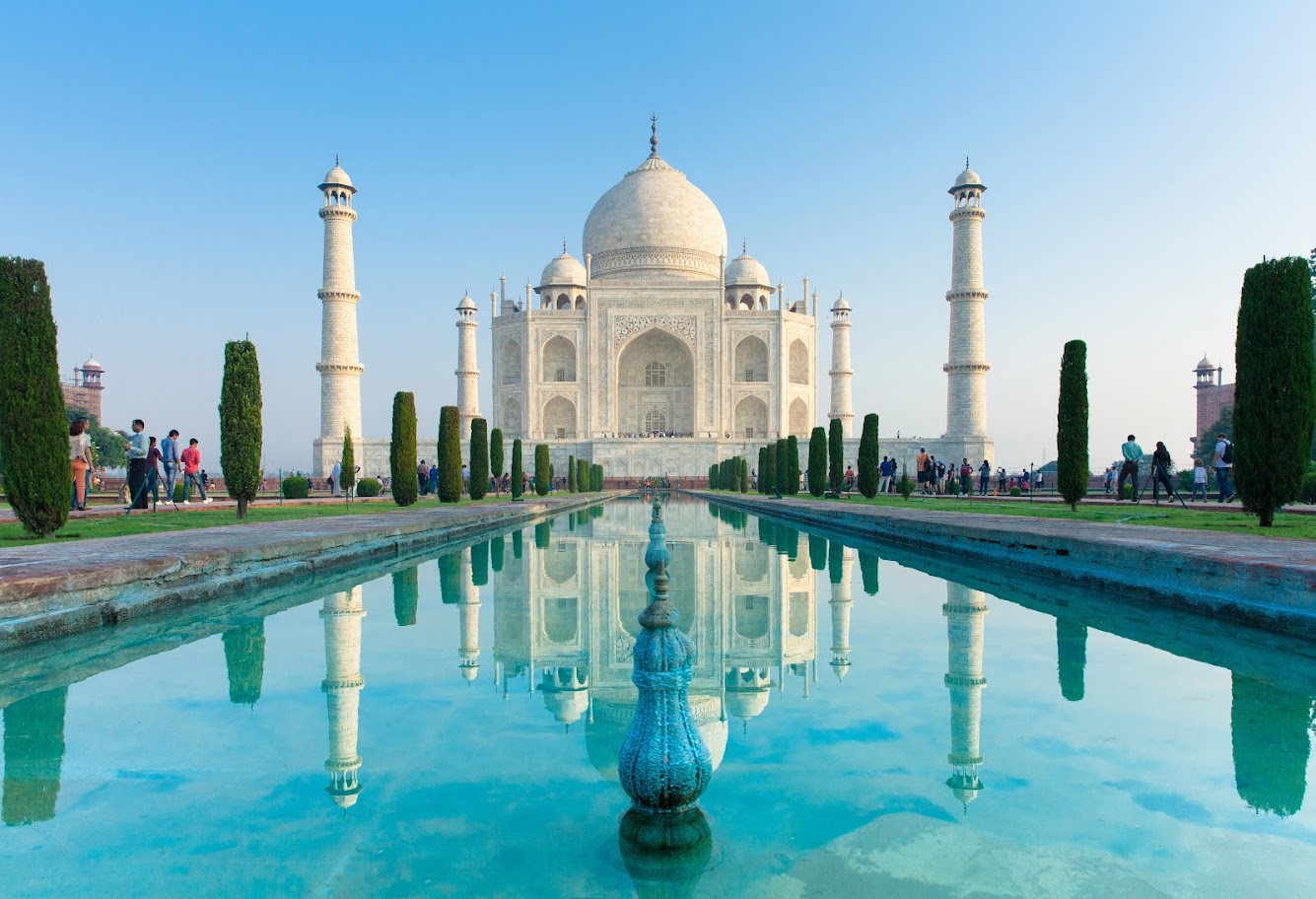










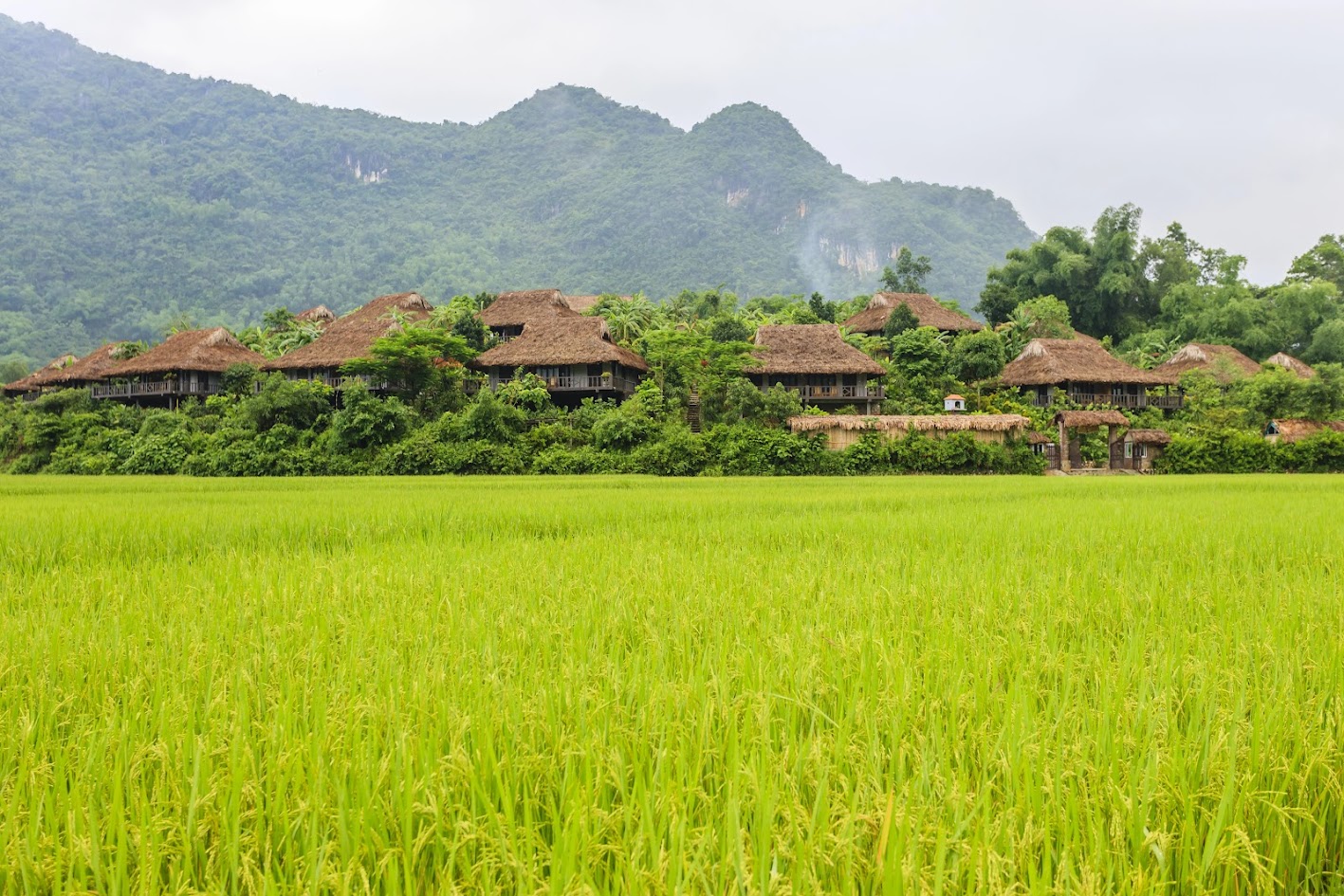






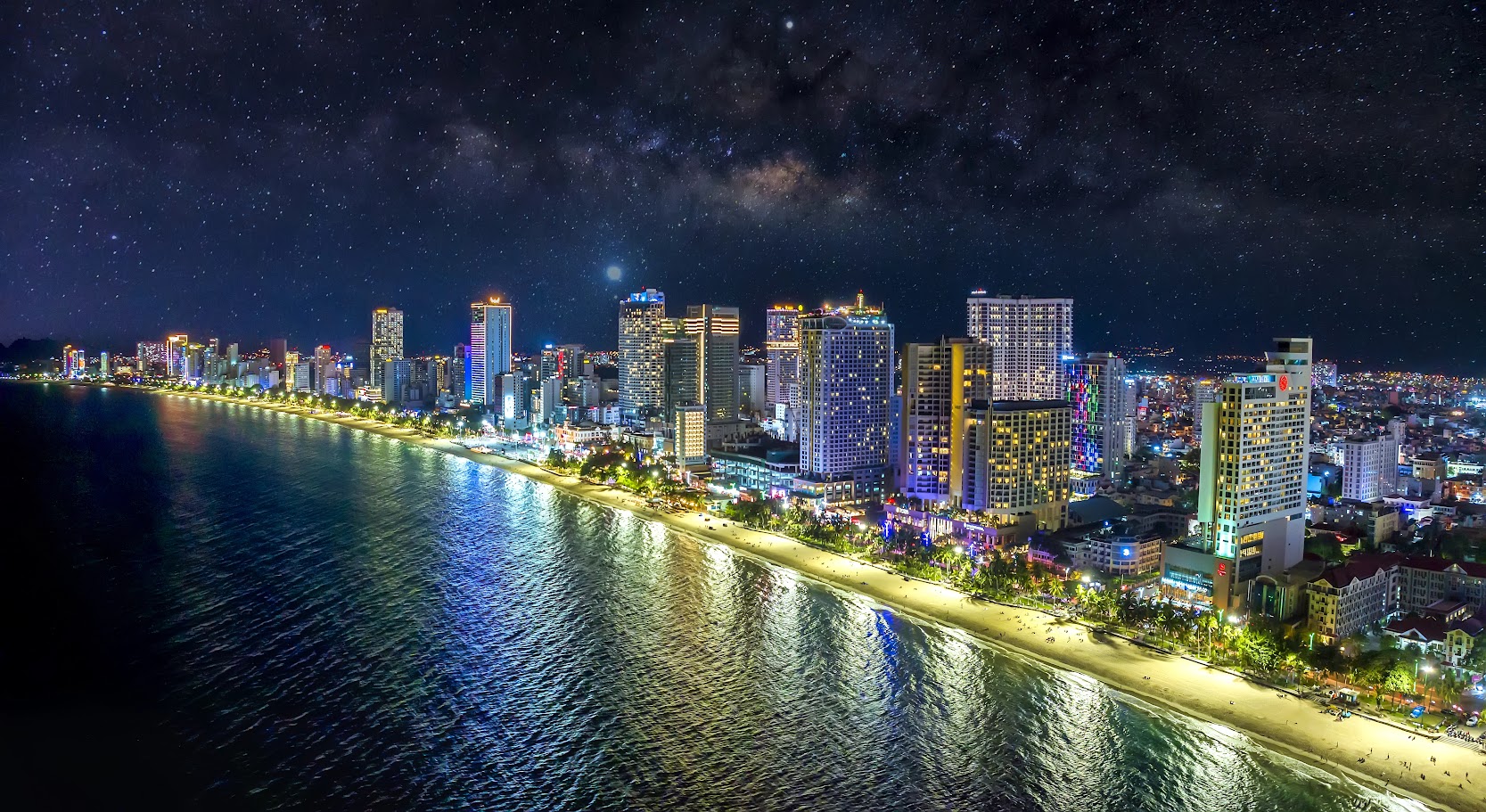












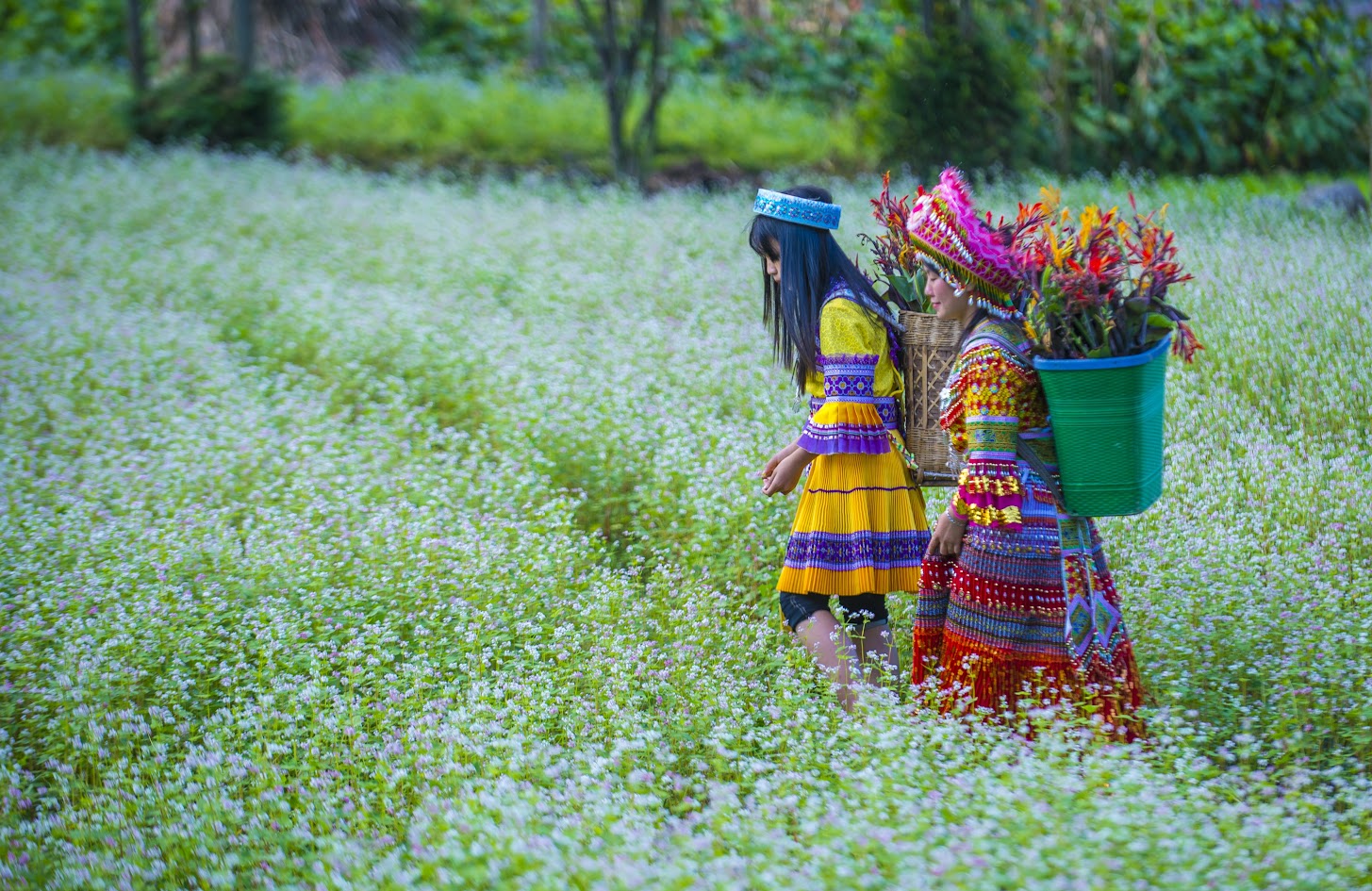

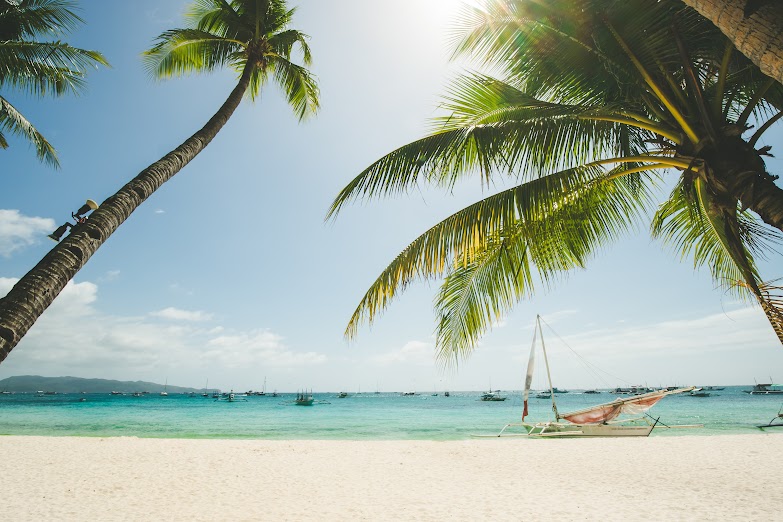











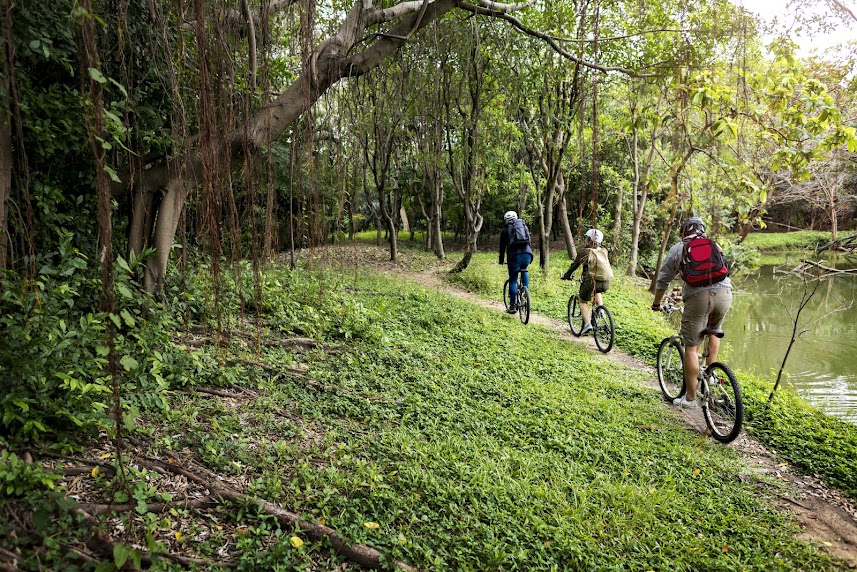


















































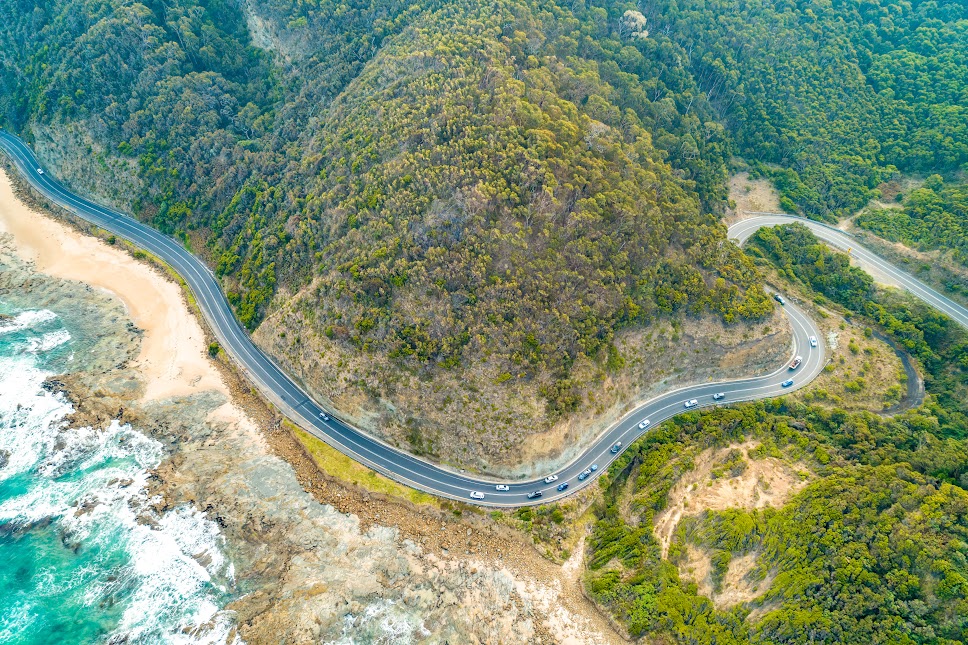


































![[FAQ] What is the Best Time to Travel to South Korea?](https://vj-prod-website-cms.s3.ap-southeast-1.amazonaws.com/shutterstock533705653supersize-1696644100090.jpg)








